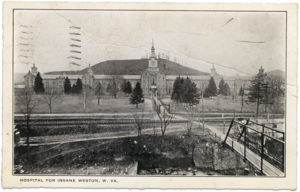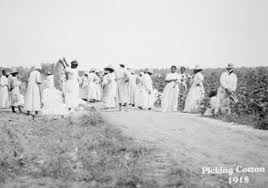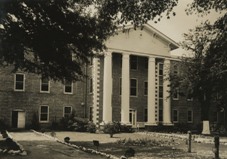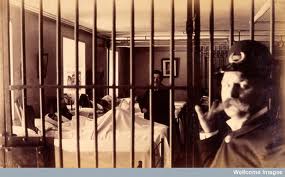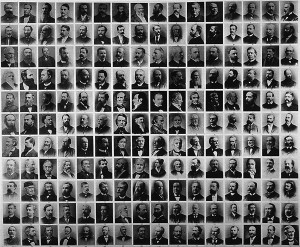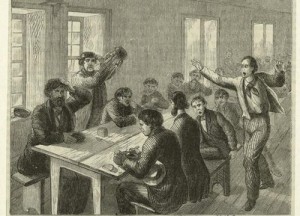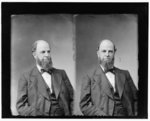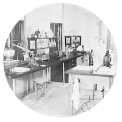Very likely, all insane asylums were inspected on a fairly regular basis, and because of that, it would seem impossible that terrible conditions could continue to exist as they obviously did in many places. However, investigators had to care enough to make strong reports, and people in authority had to care enough to act upon them.
In 1876, Dr. Carlos McDonald became superintendent of the State Asylum for the Criminally Insane in Auburn, New York. He stated in his first report that he had never seen the equal to the poor sanitation he found there upon arriving, that the place was a “stench in the nostrils,” that bugs crawled all over the patients’ beds, that the bread was sour and the food poor, and that patients were regularly punished, among other observations.
McDonald told an investigating committee that he had a patient who had a pistol ball in his arm “that had been shot in by my predecessor.” An attendant told him that this previous superintendent had also “blacked the eye of a patient and did not think anything of doing it himself.” Upon the orders of the assistant physician, attendants paddled patients on their bare skin with a piece of thin oak stick “about as thick as a piece of heavy sole-leather and about two and a half inches wide, with a handle.” Patients were handcuffed, chained, and shackled regularly.
The amazing thing that came out in McDonald’s testimony, is that the “association of the superintendents of insane asylums” (the professional organization, AMSAII) had met in the summer of that year in Auburn just before McDonald took charge. They had toured the facility and then had testified to finding the whole asylum “in the best condition.”
McDonald’s statements were made before A Special Committee of the New York State Senate, which had been appointed in May, 1880 to investigate “abuses alleged to exist in the management of insane asylums.”



